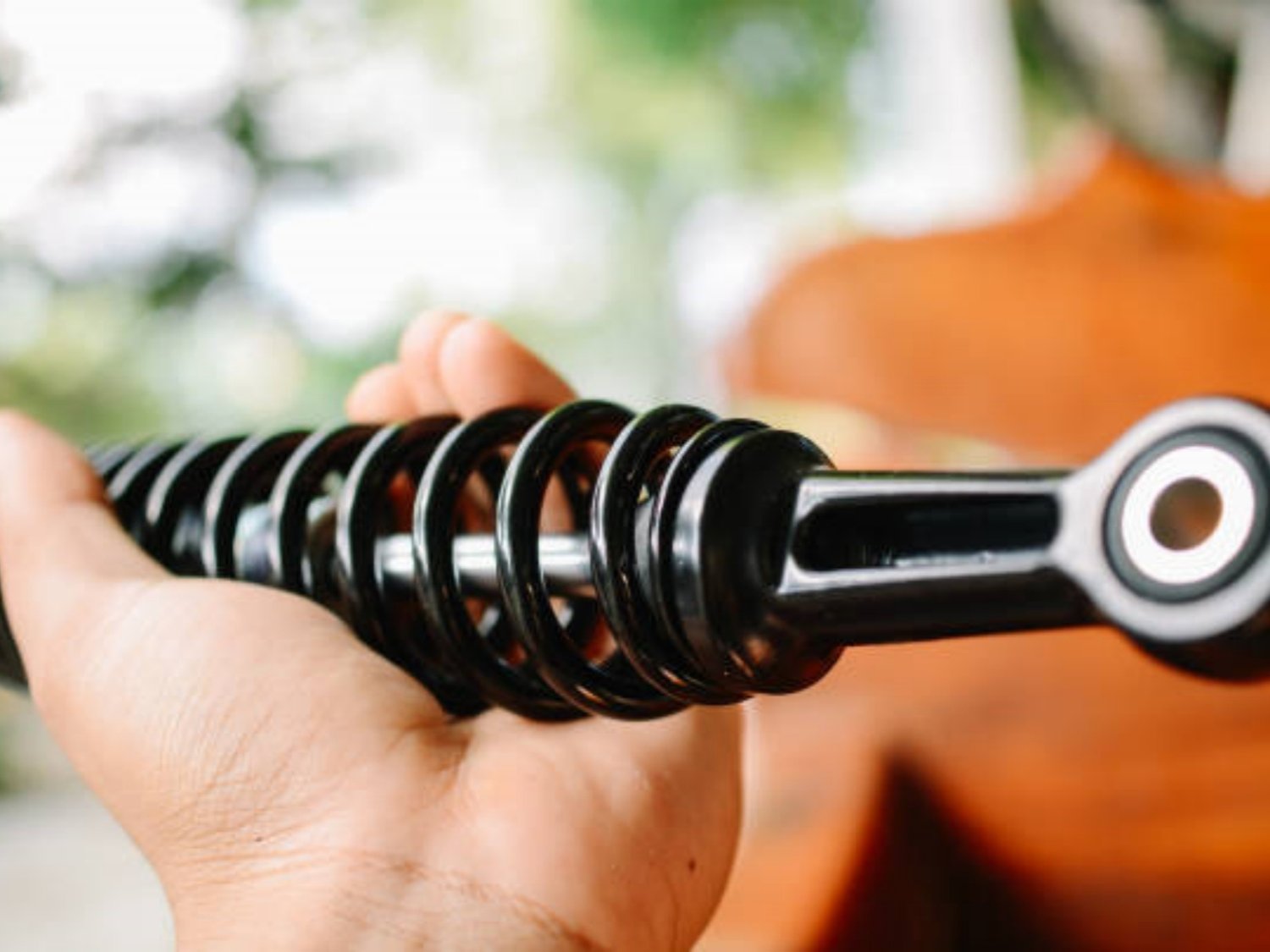Introduction
The torsion spring is an essential part of a garage door system that helps lift the door's weight. It is under constant tension and strain, which makes it a common point of failure. A broken torsion spring can cause your garage door to stop working, posing a safety risk and inconvenience. This article will help you know how to tell if your torsion spring is broken and what to do about it.
Visual Cues
The easiest way to tell if your torsion spring is broken is by visually inspecting it. Check for any signs of wear, tear, or damage like fraying, rust, or cracks. If you notice any inconsistencies or deformation in the spring's shape, it's likely that it's broken. Broken springs have a visible gap in the coils and can sometimes be elongated compared to their counterpart spring.
Noise and Vibration
An audible cue like a loud noise or unusual vibration can indicate a broken torsion spring. If you hear a loud snapping or popping sound when opening or closing the garage door, there is a high probability that the torsion spring is broken. Additionally, broken torsion springs can cause the door to vibrate or shake uncontrollably, causing damage to your garage door and opener's motor.
Door Balance
A properly functioning garage door should open smoothly and remain in the same place when halfway open or closed. An imbalance or uneven movement can indicate a malfunctioning torsion spring, which makes it harder for the motor to lift the door's weight. To check for balance, disconnect the opener and try to open the door manually. If it feels heavy or doesn't move smoothly, the spring could be broken or losing tension.
Lifespan and Usage
The lifespan of a torsion spring varies depending on its quality, size, and usage. On average, a torsion spring lasts about 7-10 years or 10,000 cycles of opening and closing the door. The heavier the door, the shorter its lifespan due to the added strain on the spring. If you have been using your garage door more frequently than usual, like for business purposes, the spring may have reached its maximum cycle limit and needs to be replaced.
Door Aesthetics
A broken torsion spring can also have an effect on your garage door's aesthetic. In some cases, a broken spring can cause the garage door to sag or become misaligned. This can alter your door's appearance and damage the track that guides the door. Keep an eye out for gaps between the panels or if the door looks misshaped.
Frequent Repairs
If you find that you are spending more time and money than usual repairing your garage door and opener, a broken torsion spring may be the culprit. As the spring loses tension and strength, it causes other parts of the door to work harder and become damaged, leading to frequent repairs and replacements.
Dangerous DIY
Attempting to fix a broken torsion spring is not recommended and can be dangerous. The spring is under high tension and can cause serious harm or even death if not handled correctly. Instead, seek the help of a qualified and experienced garage door technician who can safely and efficiently replace the spring.
Prevention Measures
You can prevent a broken torsion spring by practising regular maintenance and safety checks. Lubricating the moving parts of the door and keeping them clean can prevent added friction and wear. Also, testing the door's balance monthly and visually inspecting the spring for any abnormalities. Regular garage door tune-ups by a professional can catch issues before they escalate and save you money in the long run.
Conclusion
A broken torsion spring can cause significant inconvenience, safety issues, and costly repairs. Knowing the signs of a broken torsion spring and seeking professional help can prevent further damage to your garage door system. Regular maintenance and safety checks can increase the lifespan of the spring and ensure the door runs smoothly.

